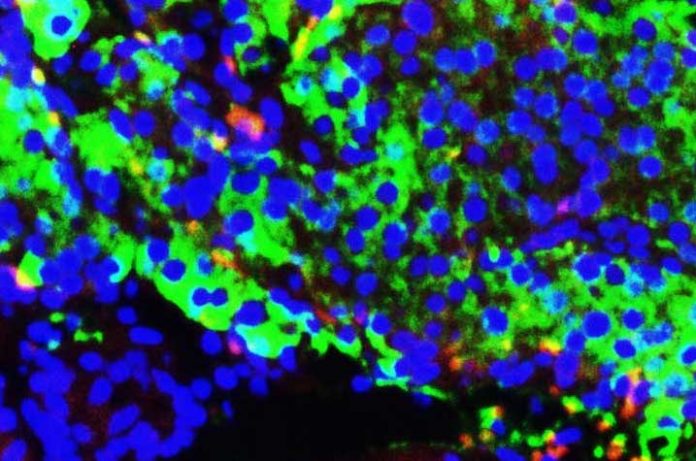The production of pancreatic beta cells in the laboratory using the latest genetic and stem cell technology had failed to produce a beta cell that could produce insulin. Ronald Evans, a molecular biologist at the Salk Institute, and colleagues are the first to discover the protein that can complete the maturation of beta cells in a lab environment. The researchers also proved that the beta cells they created could function in the lab and in an animal to produce insulin as needed.
The researchers examined the use of energy, sugar production, and insulin production in muscles during exercise. They found a high level of a nuclear receptor protein called estrogen-related receptor γ was intimately involved in the process. The scientists also found that high levels of the protein were involved in the production of insulin by mature beta cells.
The researchers exposed immature beta cells they had created in the laboratory from stem cells to the estrogen-related receptor γ. The protein accomplished the long sought after conversion of immature beta cells to insulin producing beta cells. The researchers transferred the mature cells to diabetic mice and the cells immediately began functioning to produce insulin.
The discovery means that medicine now has a treatment and a cure for diabetes. One stumbling block to the acceptance of the lab grown beta cells is the fact that embryonic stem cells are required. Embryonic stem cells can be obtained without harming a fetus. Testing and FDA approval for this procedure are probably a decade away but the researchers may have cured diabetes. Drug manufacturers will certainly fight the cure in order to maintain income from treatments that continue to increase in cost.








